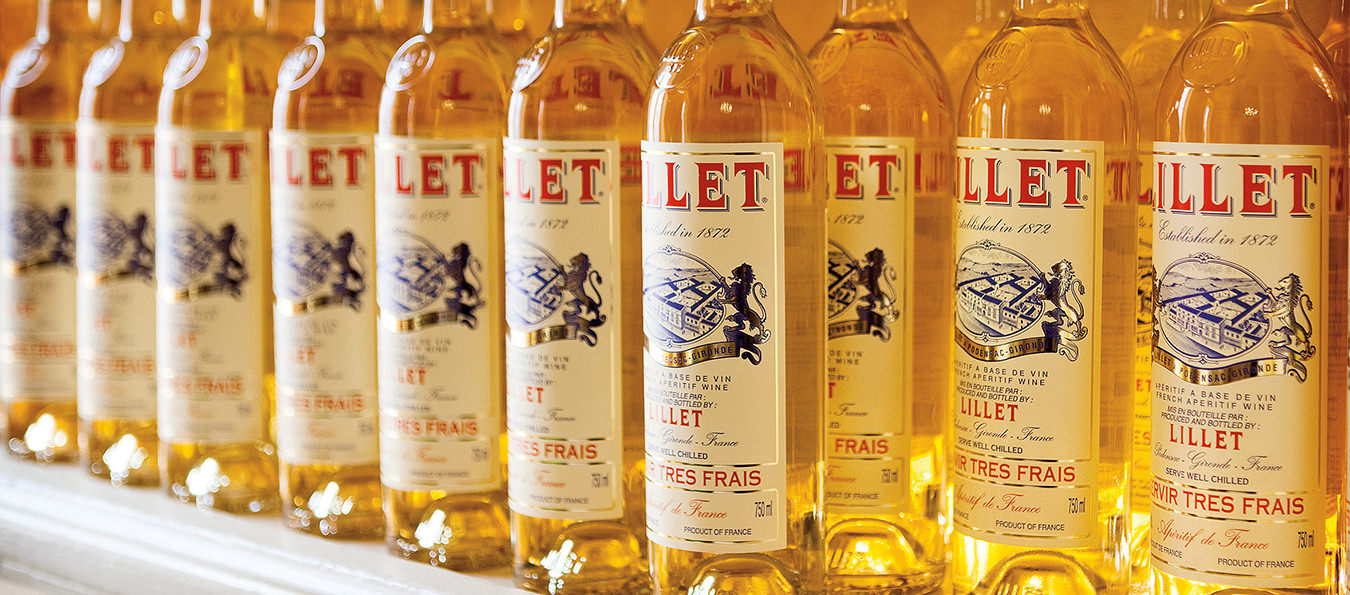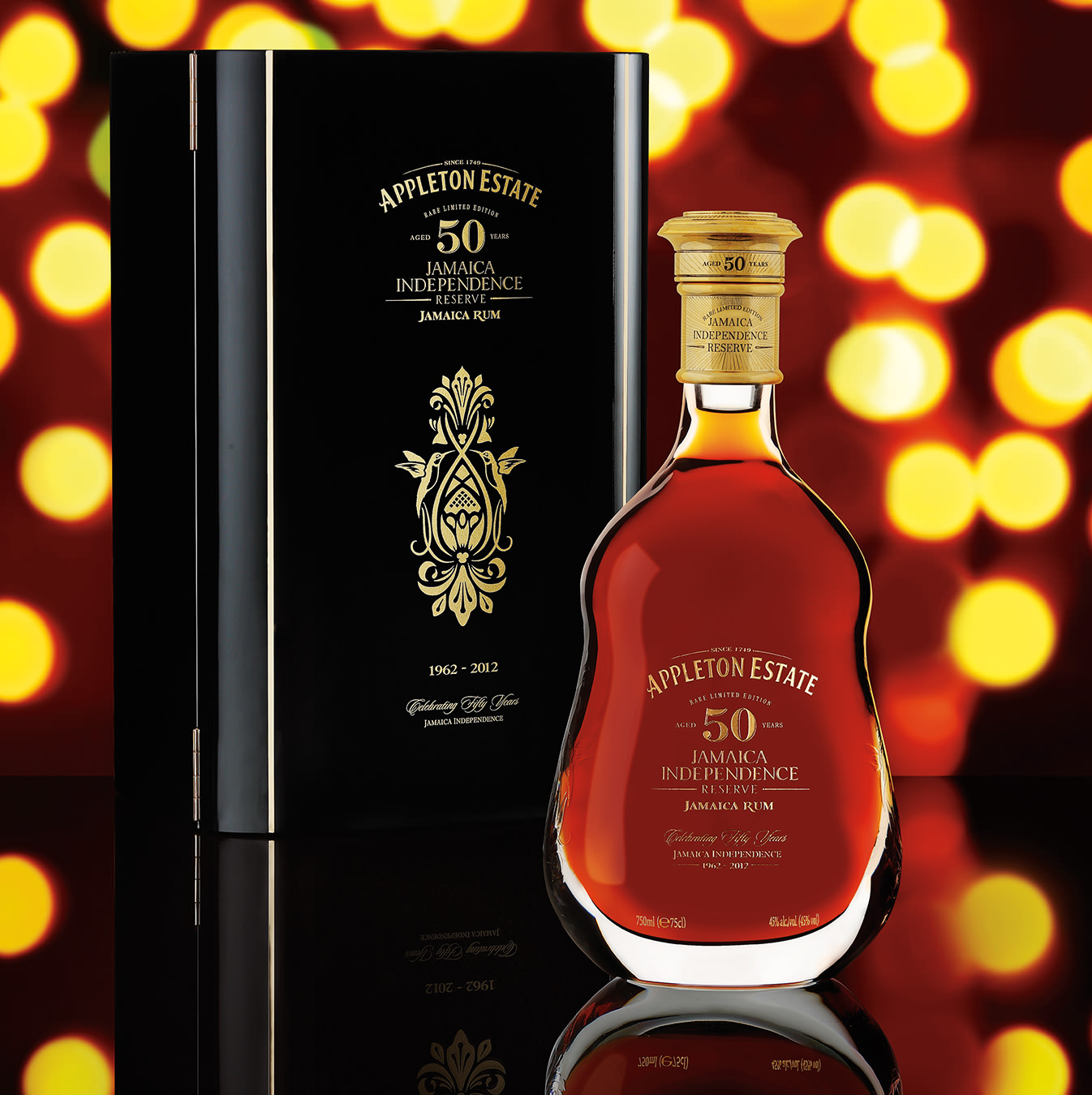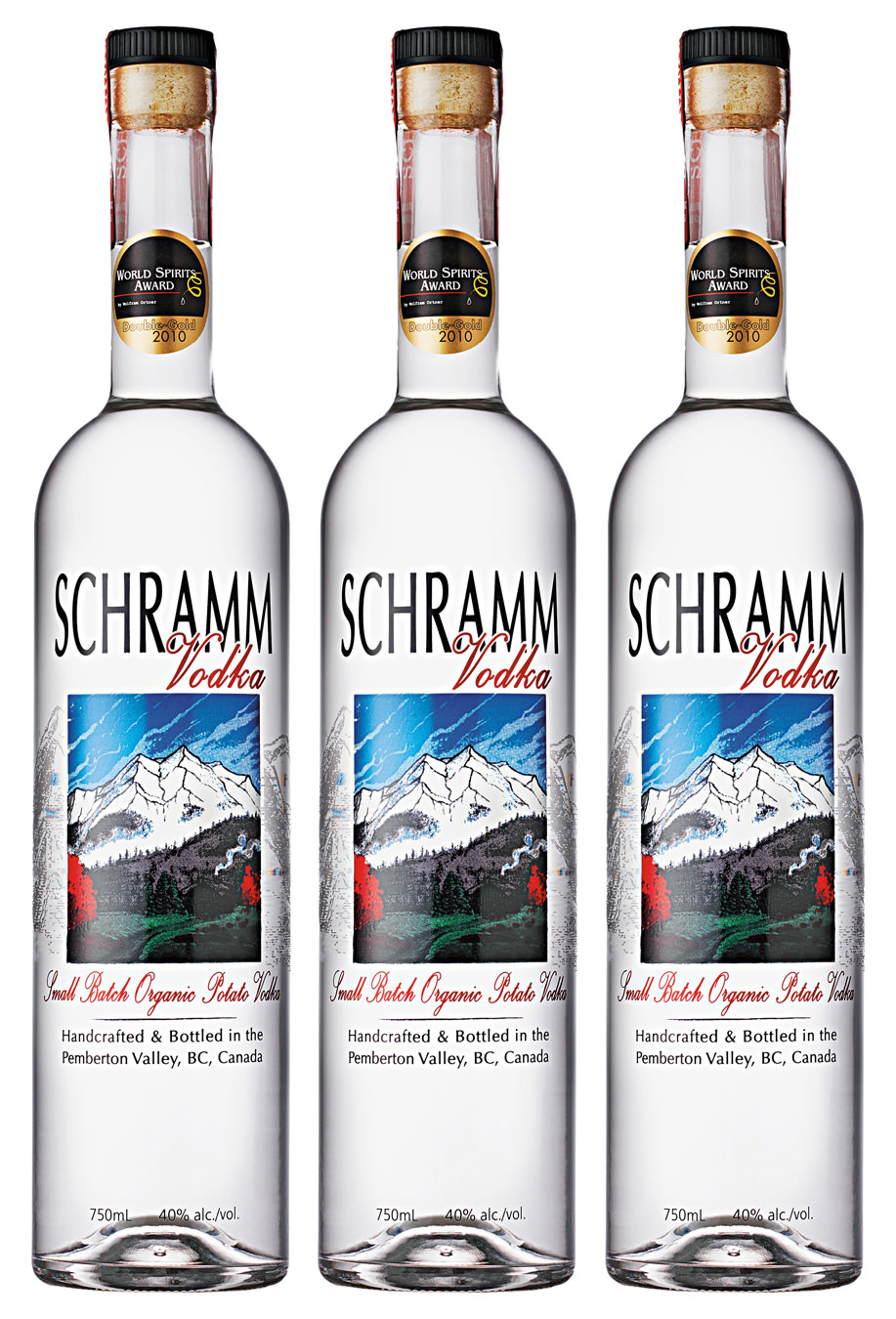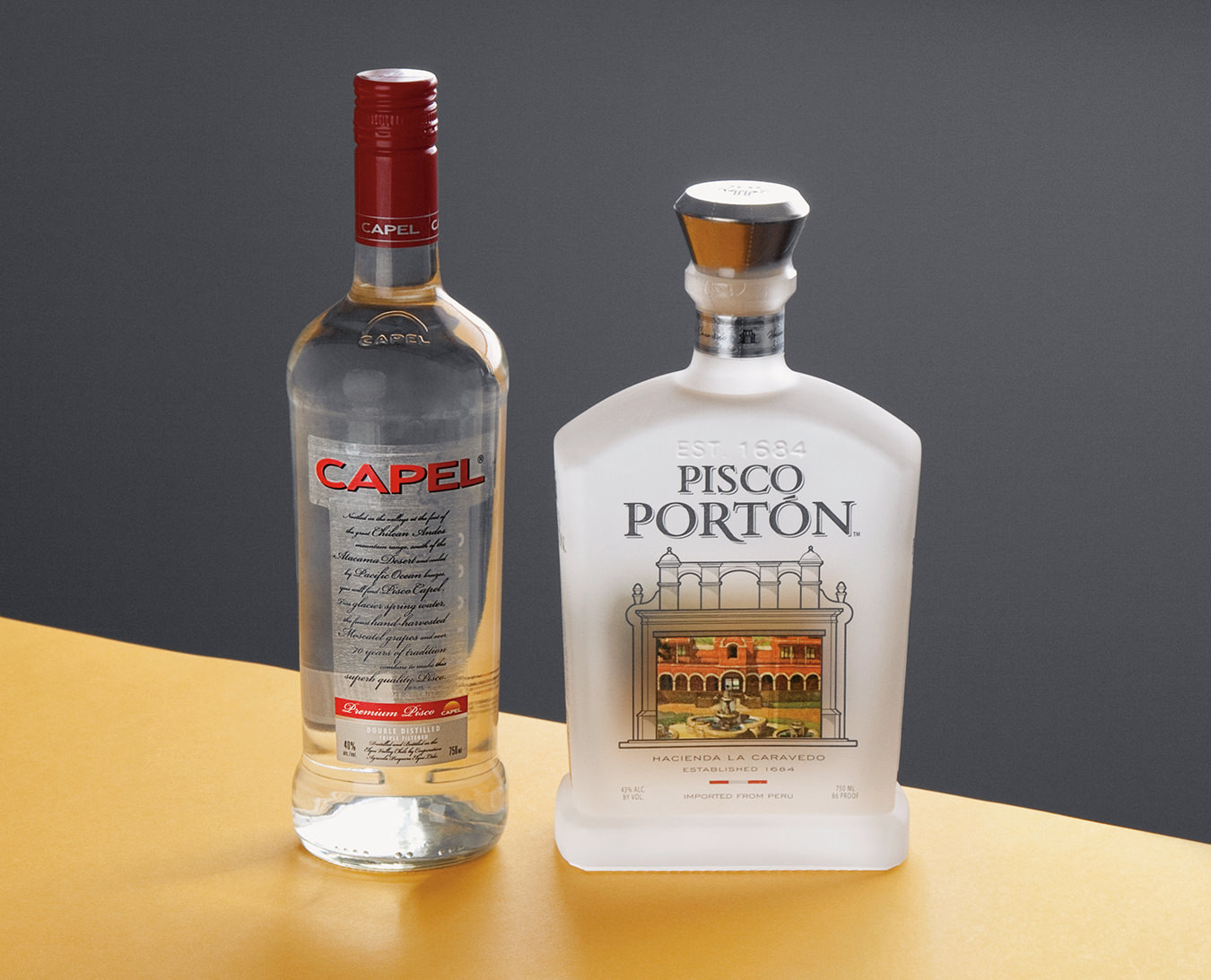Lillet
Podensac's pride.

Photo by Julie Rey.
The path to Podensac is a leisurely 45-minute drive from the city of Bordeaux and is rife with scenes of French farm culture and picturesque countryside that author Peter Mayle would be hard pressed to put into words. Like so many other towns that make up this region, Podensac has a long love affair with wine. However, it is perhaps best known for giving the world its wine-based aperitif, Lillet.
Lillet’s reputation and appeal have spanned countries and cultures, decades and generations. No matter the epoch, it has remained synonymous with great style, tradition, innovation, art, and sophisticated luxury. This spring, the company will introduce Lillet Rosé, their first new expression in more than 50 years.
The Lillet family name appears in the Podensac town records as far back as the late 1600s, but the company La Maison Lillet was not founded until 1872. It was the dream of two brothers, Raymond and Paul Lillet, who were already recognized merchants of fine wines in the Bordeaux region. They produced several popular libations du jour, including liqueurs, brandies, eaux-de-vie, and even less-potent quaffs like lemonade and jams.
In 1887, the brothers officially launched their sweet aperitif, Kina Lillet, a combination of their family name and quinquina, the name of the tree bark from which quinine is extracted. (The word Kina was dropped from the name in 1917.) Whether it was due to their knowledge of fine French wine or their business acumen for harnessing the powerful demand for pre-dinner tipples, the Lillet brothers began a long and steady climb to success.
“The [Lillet] recipe today remains nearly identical to the original,” says Alexis Vuong, area manager for Lillet exports in North and South America. “It follows the formula of the purest traditions of great Bordeaux winemaking. The distillery is also the same—except for a few coats of paint, it has been left in the original state. We love for people to come and visit … You can really see the evolution of the building and the brand.”
That formula for Lillet (also referred to as Blanc) is a carefully prepared blend of sémillon for structure and long finish, sauvignon blanc for crisp aroma, and a final boost of muscadelle to add a floral essence. Sweet oranges from Spain and bitter varieties from Haiti are added to other secret fruit macerations, and that small amount ofquinquina balances the sugar with a bit of bitter.
Lillet landed on American shores in 1910. In the Roaring Twenties, it became a liquid means for capturing and copying chic French style. “Lillet was incredibly popular during this time in America,” says Vuong. “It appealed to influencers, sophisticated travellers, people who cared for tradition but were also very modern, and particularly art and wine enthusiasts who were receptive to the cocktail culture.”
One man who was especially inspired by Lillet was artist Robert “Robys” Wolff. In the 1930s, he created a series of promotional posters depicting food and beverage brands of the day. The 1937 “Kina Lillet Poster” catapulted the label to iconic status, placing it firmly on an internationally recognizable pedestal.
The 1950s and 1960s were particularly valuable for the brand. In Ian Fleming’s bestselling novel Casino Royale, James Bond created the Vesper cocktail with Lillet; in the real world, Jackie Kennedy Onassis took a shine to the French libation. “We like to say that Jackie Kennedy was the first brand ambassador for Lillet,” says Vuong, laughing. “She was very fond of it.”
Lillet Rouge—which was developed specifically for the American market—was launched in 1962. This darker, richer sister to the original Blanc features merlot, sourced in southwest France, blended with cabernet sauvignon and cabernet franc.
“In the last few years, the return of the cocktail has really helped the brand come in to modern times,” Vuong says. “There are three ways one can consume Lillet. The first is the traditional way: as a simple aperitif, chilled neat or over ice with an orange slice. The second way is in a long drink, such as spritzers with fresh fruit. And the final method is in cocktails. There are many, many classic cocktails that call for Lillet.”
Noticing the rise in rosé consumption, Lillet—purchased by the French company Ricard in 2008—has developed a blush expression. Lillet Rosé is produced in a method similar to that of rosé champagne, incorporating a blend of the original Blanc with hints of the Rouge label and infusions of red fruits. Despite these new bottles coming off the assembly line, operations at the company remain much the same as they did when the maison was first founded, 140 years ago.
Photo by Julie Rey.




